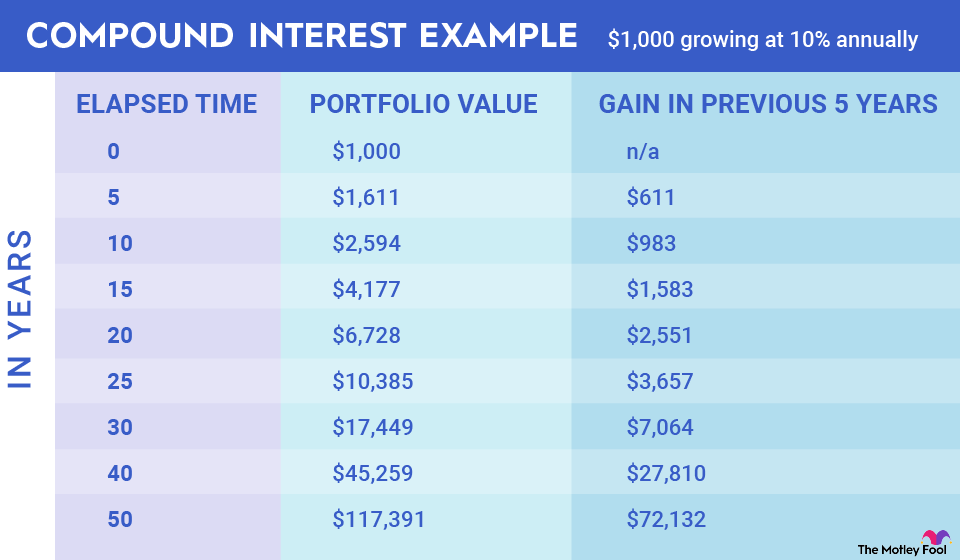Ambiq Micro makes ultra-low-power semiconductor solutions for a variety of battery-powered devices including wearables, smart home products, and health monitoring devices. Its chips powered more than 270 million devices globally as of mid-2025. In 2024 alone, Ambiq shipped more than 42 million units, and approximately 40% of these were running AI algorithms.
Ambiq Micro went public on the New York Stock Exchange on July 30, 2025. The IPO raised $110.4 million with shares priced at $24 apiece. Here’s what investors need to know about how to buy Ambiq Micro stock, whether the company is profitable, whether it pays a dividend, and more.
How to buy Ambiq Micro stock
Because Ambiq Micro is a publicly traded company, you can buy shares as easily as you would any other U.S.-listed stock. If you're interested in snagging a few shares of the company, here's your step-by-step guide for how to buy Ambiq Micro stock.
- Open your brokerage account: Log into your brokerage account where you handle your investments.
- Search for the stock: Enter the ticker or company name into the search bar to bring up the stock's trading page.
- Decide how many shares to buy: Consider your investment goals and how much of your portfolio you want to allocate to this stock.
- Select order type: Choose between a market order to buy at the current price or a limit order to specify the maximum price you're willing to pay.
- Submit your order: Confirm the details and submit your buy order.
- Review your purchase: Check your portfolio to ensure your order was filled as expected and adjust your investment strategy accordingly.
Is Ambiq Micro stock profitable?
No, Ambiq Micro is not currently profitable. While the company is experiencing revenue growth and improving its losses, it delivered a net loss of $39.7 million in its fiscal 2024. It also reported a net loss of $8.3 million in the first quarter of the company’s fiscal 2025.
Does Ambiq Micro stock pay a dividend?
Ambiq Micro stock does not currently pay a dividend. Ambiq Micro has also never paid dividends in its company history, and management has not indicated current plans to do so.
ETFs with exposure to Ambiq Micro stock
Generally, new IPOs are not immediately included in traditional, broad-market exchange-traded funds (ETFs). Given its relatively recent IPO and small market capitalization (less than $1 billion at the time of this article), Ambiq Micro is likely to be included in ETFs that target small-cap companies in the future or certain semiconductor-focused ETFs.
Will Ambiq Micro stock stock split?
As a newly public stock, there is no reason to think that Ambiq Micro will split its stock anytime soon.
Related investing topics
The bottom line on Ambiq Micro stock
Although the company recently went public, Ambiq Micro has already generated significant interest among investors looking to capitalize on the growing field of edge AI and ultra-low-power semiconductors. The company specializes in chips that offer high performance with minimal energy consumption for a notable customer base, with a critical advantage in targeting makers of power-sensitive devices like wearables, smart cards, wireless sensors, and IoT (Internet of Things) products.
Ambiq's revenue is heavily concentrated among a few key customers, and achieving consistent profitability may take time amid fierce competition in a fragmented market. These are all factors for investors to consider before putting money to work and taking a slice of the action.























